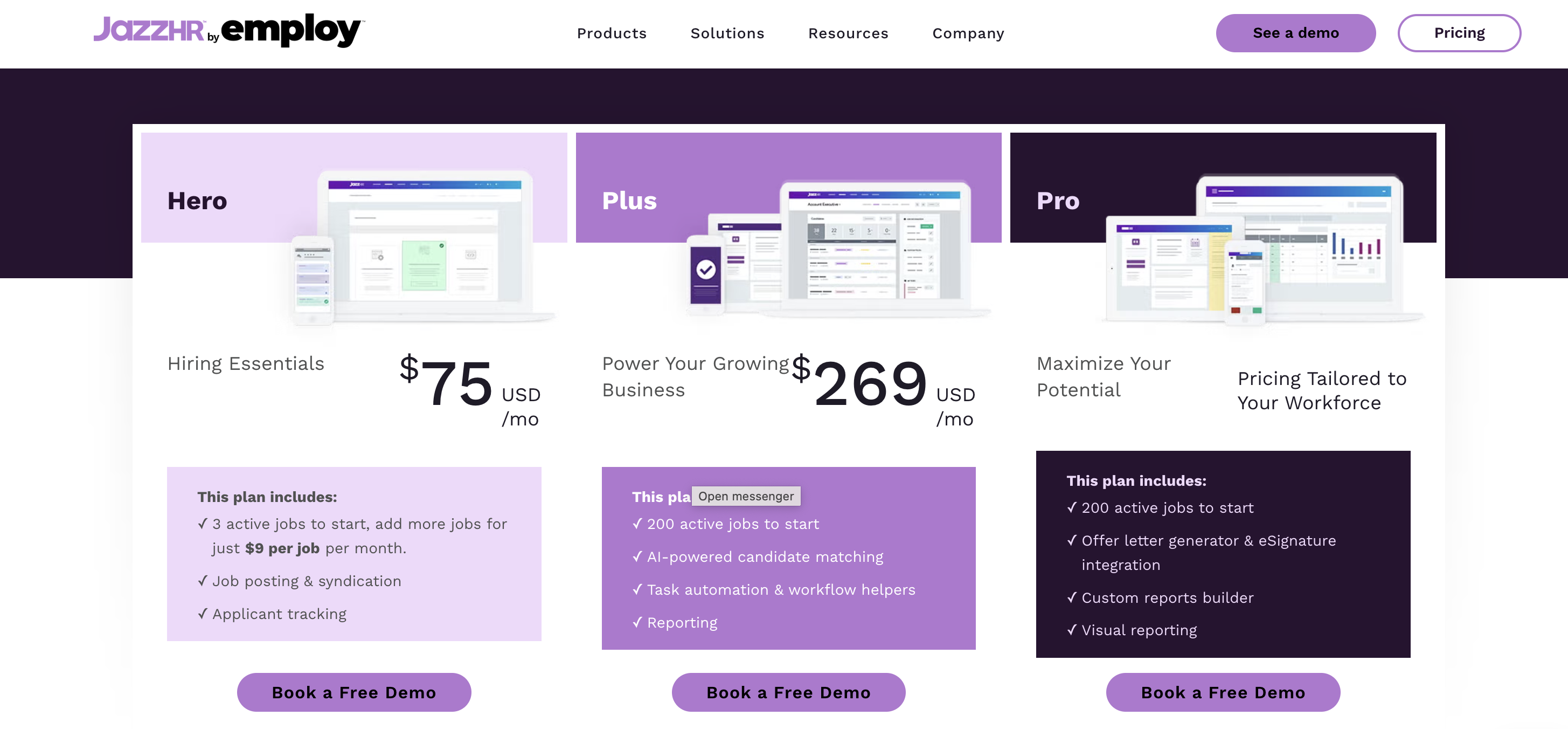Why SaaS Tiered Pricing Still Works, and Where It Doesn’t
Tiered pricing is the classic SaaS model for a reason. It’s simple, clear, and works across industries. “Basic,” “Pro,” and “Enterprise”, customers immediately understand the difference. It’s a trusted formula that has powered some of the most successful SaaS companies in the world. But as products and customers get more sophisticated, pure tiered pricing begins to strain. Buyers expect flexibility. They want to pay for what they use, customize bundles, or mix add-ons from different plans. That’s where the limits of the old three-tier model start to show.
Why tiered pricing still matter
Even with the advent of AI usage-based pricing, tiered pricing is powerful when it maps neatly to how your product delivers value. It works best when:
- Customer segments are distinct and easy to define.
- Each tier clearly adds meaningful capability or scale.
- The upgrade story is obvious, there’s a clear reason to move up.
- Your sales team can easily explain what’s new or better in each step.
For example, a collaboration platform might price “Starter” plans per small team, “Growth” for multi-team companies, and “Enterprise” for organizations that need advanced compliance or integrations. The tiers make sense because each step reflects a real difference in need.
Where tiers start to break down
Problems appear when tiers become arbitrary. When features overlap, pricing feels random, or customers can’t tell why the next level costs 3× more, friction builds.
That’s when tiered pricing stops helping and starts hurting. Customers stall in decision-making, your product team struggles to define boundaries, and sales starts customizing everything, which defeats the point of tiers entirely.
Modern SaaS companies often evolve toward hybrid pricing that blends structure with flexibility:
- Tiered foundations with modular add-ons for advanced users.
- Tiered access plus usage-based components for scalable services.
- Personalized offers for enterprise buyers while keeping the base plans simple.
How to evolve safely
Shifting away from rigid tiers doesn’t mean tearing down your pricing model. The key is experimentation, testing changes in small increments before full rollout.
With Limio, pricing and RevOps teams can:
- Launch or adjust tiers instantly, without code
- Test add-ons and usage models alongside tiered plans
- Define clear upsell and cross-sell paths across every tier
- Set compatible add-ons automatically, removing conflicts during upgrades or downgrades
- Deploy pricing updates seamlessly to self-service portals, CPQs, and partner channels
- Sync all changes in real time with your CRM and billing systems for accurate reporting
- Track adoption, conversion, and revenue lift across every channel
You can modernize your tiers without losing control or consistency.
The takeaway
Tiered pricing still works when it reflects how customers grow. It stops working when it reflects how your org chart is structured. The best SaaS companies evolve their tiers into something flexible, testable, and continuously optimized.
With Limio, that evolution becomes easy. You can experiment, measure, and adapt without engineering dependencies or data chaos. The result: pricing that feels natural to customers and scalable for the business.
Other posts you may like

6 SaaS pricing pages we love and why they work
We’ll look at six of our favourites in this post and explain why we like them. But first, let’s...
Other posts you may like

6 SaaS pricing pages we love and why they work
We’ll look at six of our favourites in this post and explain why we like them. But first, let’s...

What are the key KPIs for a great checkout?
However, with 57.9% of carts being abandoned in the UK and 68.7% in the US, it’s clear that businesses need to do more to prevent cart abandonment in the first place. Picking the right KPIs to keep track of is a great way to kickstart a data-driven overhaul of your checkout.

Customer Billing Portal for SaaS: Unlocking Cash Flow and Efficiency with Financial Self Service
Late payments, manual invoice chasing, and bad debt are headaches every SaaS finance team knows too well. For a $20m ARR company, these issues can tie up millions in cash flow and waste valuable resources. A customer portal with financial self service turns this problem into an opportunity: customers pay on their own terms, finance teams spend less time on collections, and CFOs gain the predictability they need.

Why we launched an analytics product
We’ll look at six of our favourites in this post and explain why we like them. But first, let’s...
